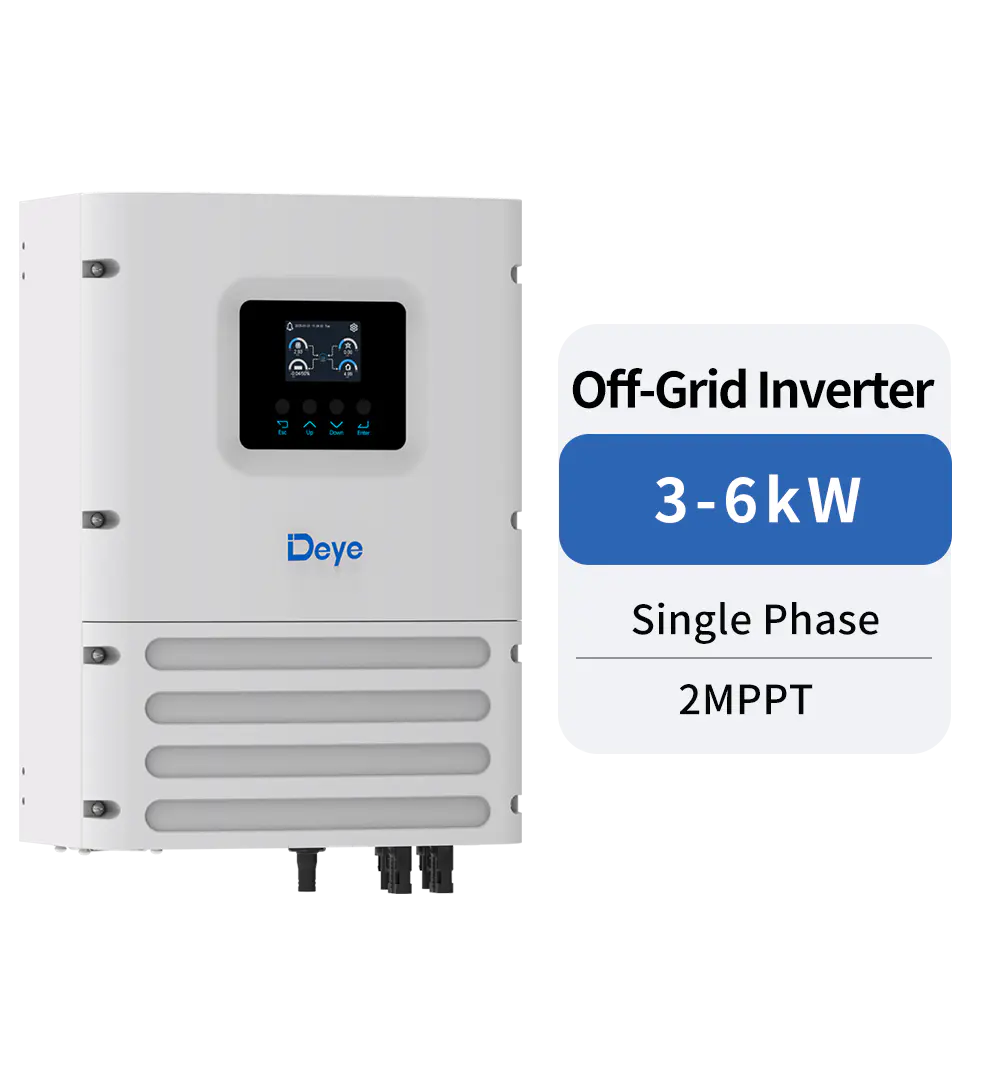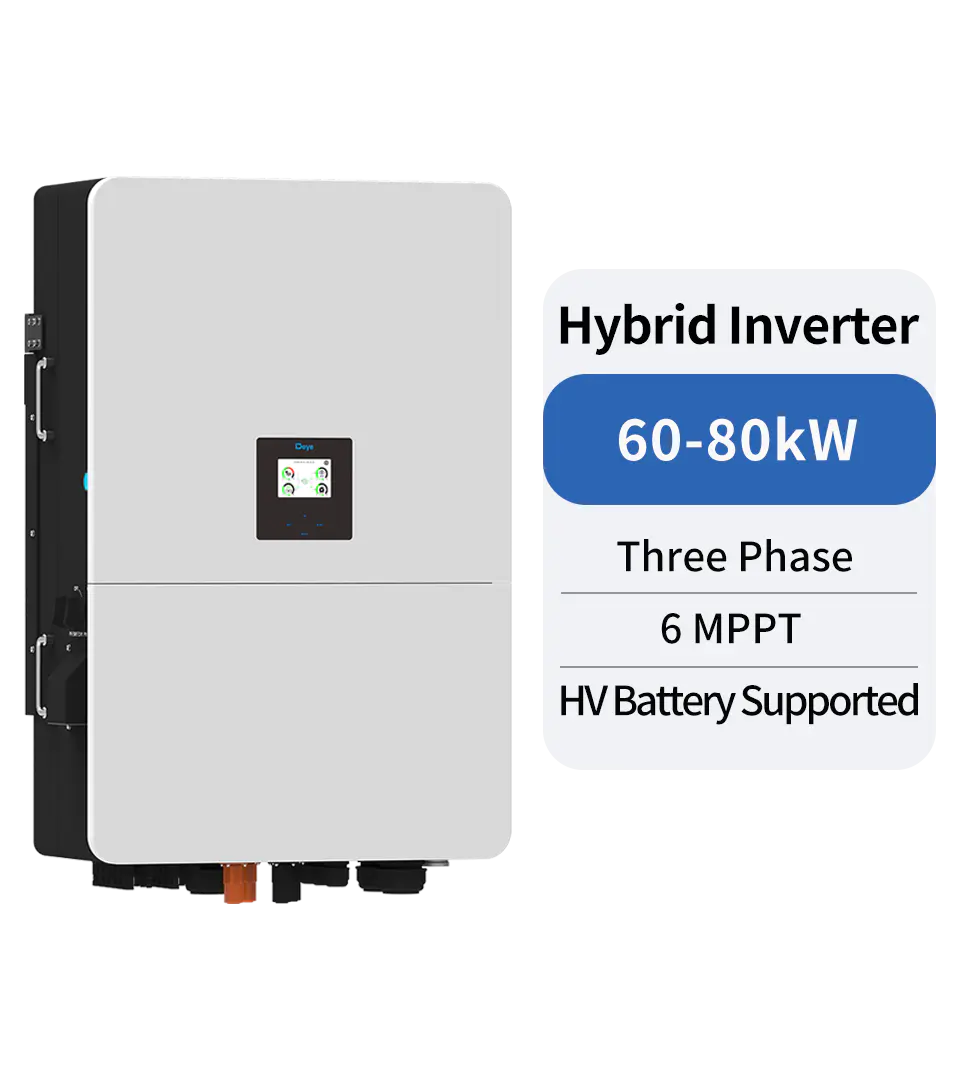Technical Topics
Guide To Solar Air Conditioner
One of the great inventions till date, solar air conditioner is a great help to the people who live in arid or semi-arid areas to cool their homes with the help of solar energy. It has many added benefits, which not only help to cut down on your electricity bills but also improve your health. However, before you buy any air conditioning system, it is essential for you to have complete information about the pros and cons of your new purchase. Talking about the solar air conditioning systems, there are mainly two types of them, namely, the Hybrid AC DC solar air water heater and the solar air conditioner (SAC). Hybrid AC DC solar air water heater functions by converting solar energy into electrical energy.

Its working principle is completely different from the conventional evaporative coolers and hence it outranks the standard solar air conditioner in terms of its effectiveness and reliability. The solar energy obtained from the sun is transformed into electrical energy and stored in the batteries. Once you install these in your home, you will get huge savings in your electricity bills, because it will displace the conventional ones. This battery also acts as the main source of electric power supply for your solar-powered cooler.
The biggest advantage with the standard or hybrid air conditioners is that they require installation and regular monitoring whereas the solar air conditioners are easy to set up and maintain. This is not the case with the hybrid air conditioners. Even though the initial cost might be a little higher, it provides you long-term benefits. Moreover, even if it is damaged, you do not need to replace the whole cooling unit. Just purchase a new one and start your task again. No repairs or maintenance is needed and they can run for many years.
Hybrid air conditioners are also known as combination air conditioners. A heat pump acts like a solar air conditioner, but only the heat pump component is used here. The reason behind this is that heat pumps generate electricity by using the sun's energy. They use a small sized and simple-to-operate unit to accomplish this job. Also, the unit uses minimal space and does not require any elaborate ventilation system.
Another advantage of using a solar air conditioner is that you do not have to spend much money in its operation. The basic components required in its operation are a solar panel and batteries. The panel is installed on the roof and receives sunlight during the day time and converts it into energy, which is later converted into heat.
The second type of the two types is the evaporative coolers. This particular model employs the principles of an evaporative cooling system. What it means is that it uses the heat from the surroundings and blows it out through a ventilation system. These kinds of coolers require little or no maintenance. They run silently and they stay cool even under the hot summer days.
You may be wondering how to make a solar air cooler? The basic principle is very simple. Just install a thin, flexible film on top of your roof. This directs the sun rays into the unit, which has a compressor and an inverter in it.
You may have noticed that both types of the solar cooler are quite similar. They both use the concept of solar energy to make cooling happen. However, there is a key difference between them. While solar panels use solar energy to create heat for your indoor environment, an evaporative cooler uses the heat from the air and blows it out through vents. The solar air conditioner is the better of the two in terms of efficiency and simplicity.
PREV:Buying a Single or Multi-Voltaic Solar Panel System With String Inverters
NEXT:A few tips on maintaining your microinverter
Share
Product recommendations
news recommendations
-

-
 Green Industry, Bright Future: Deye Distributor Summit – Dubai 2025 Concludes Successfully
Green Industry, Bright Future: Deye Distributor Summit – Dubai 2025 Concludes SuccessfullyIn November 2025, Deye Group successfully hosted the “Green Industry, Bright Future—Deye 2025 Dubai ...
-
 Deye’s Malaysia Johor Manufacturing Base Officially Breaks Ground — A Key Step Forward in Its Globalization Strategy
Deye’s Malaysia Johor Manufacturing Base Officially Breaks Ground — A Key Step Forward in Its Globalization StrategyOn October 2, 2024, Deye Group (hereinafter referred to as “the Company”) held a groundbreaking cer...

 China - 简体中文
China - 简体中文 Global - English
Global - English Brazil - Português
Brazil - Português Netherlands - Dutch
Netherlands - Dutch Italy - Italiano
Italy - Italiano Germany - Deutsch
Germany - Deutsch Spain - Español
Spain - Español France - Français
France - Français Vietnam - Tiếng Việt
Vietnam - Tiếng Việt Poland - Polski
Poland - Polski Australia - English
Australia - English


